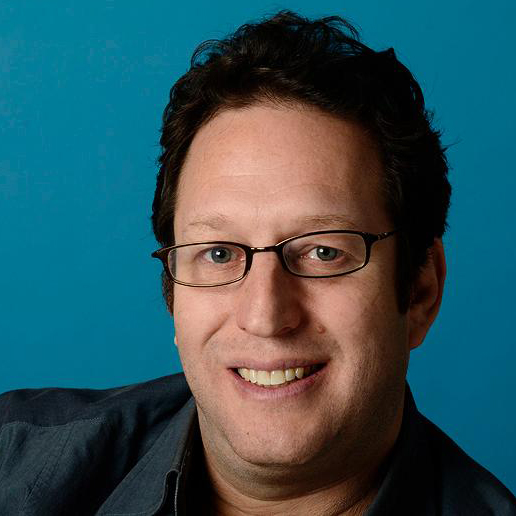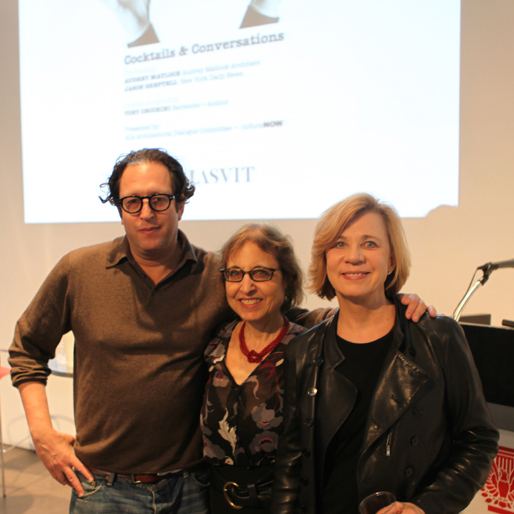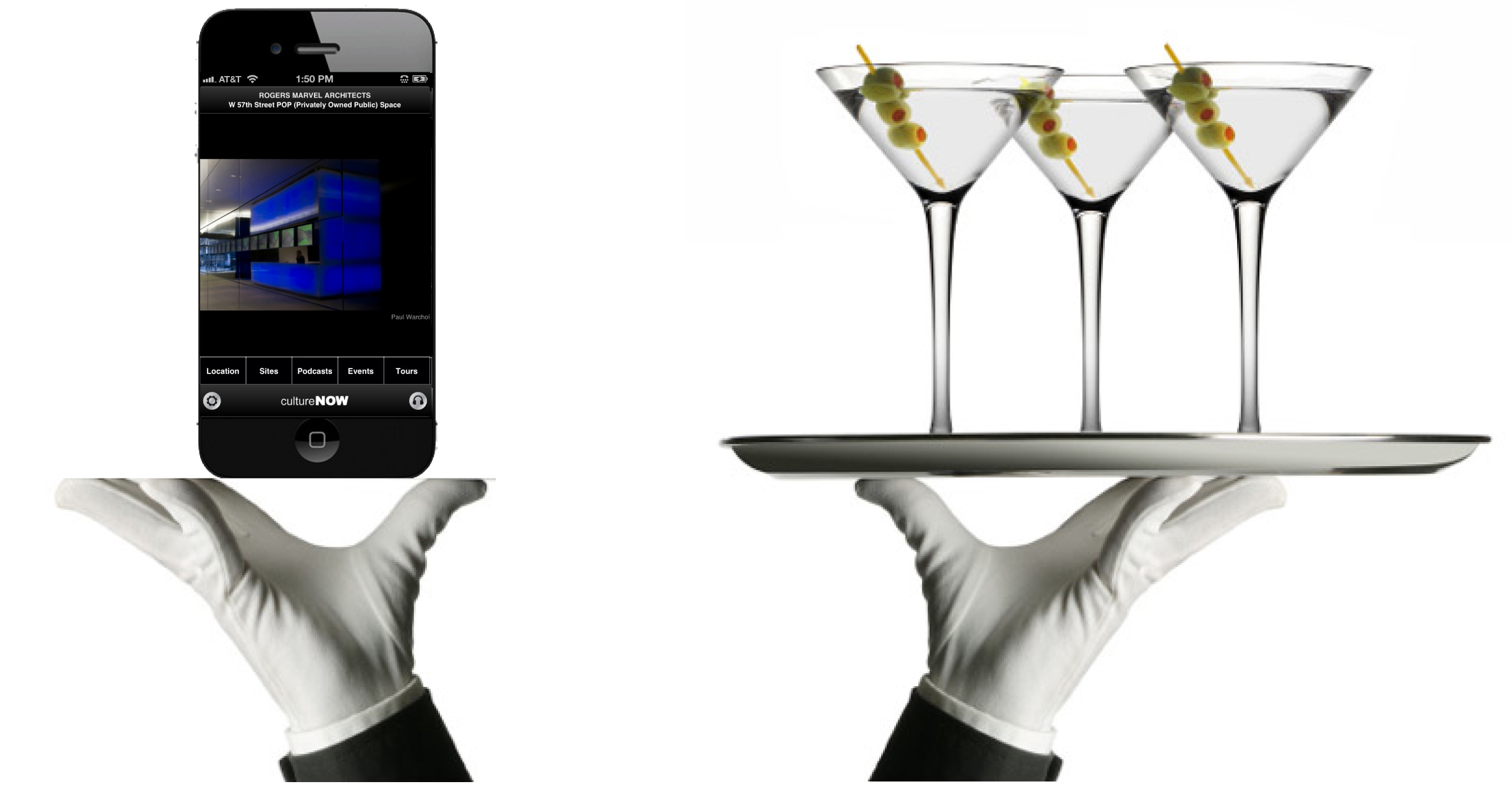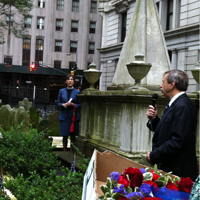Previous Newsletters
|
||||
|
AGING IN PLACE
No matter how much we try to deny it, we are continually being reminded that we are getting old. We need only to enter a subway car and no matter how crowded it is, we find ourselves offered seats by our fellow riders who somehow think that we will never make it to 72nd st standing. Our colorist has started sending us the same cheerful reminder postcards that our dental hygenist does. The nearest ‘ old folks home’ has invited us to tour their adult day care facilities. We understand when AARP endlessly solicits our membership with an ever increasing and depressing regularity. Even Vogue, a magazine whose pages are filled with models closer to puberty than menopause has dedicated its August issue to Aging. In New York we pride ourselves on Aging in Place. We tell people that we are a NORC, a Naturally Occuring Retirement Community. Services abound. Everything can be delivered. Even Costco bundles you (and all that toilet paper) home in a cab. We thought, in this issue we should choose collections, artists and architects considered among the most cutting edge when they began their careers in the 60’s and 70’s and see what happens over time and how they have matured. Battery Park City was conceived as a vision of what cities could be in the future. Incorporated into the 1979 Cooper Eckstut master plan were many of Jane Jacob’s ideas about New York City neighborhoods. It was one of the first planned communities to include funding for public art. It’s curator, Sidney Druckman has managed the collection for 27 years. She retired last month. On her very last day, we found ourselves in her office in the World Financial Center looking down on her art collection which was, by any metric highly innovative for its time. One of the artists, Mary Miss who created an artwork for South Cove happens to still live and work in the neighborhood. We wanted to feature her. Since we often get accused of being too New York centric, we are also highlighting Seattle Artist Norie Sato’s work. Turning to architecture, we looked for two firms who have been in business a long time. The Moore of Moore Ruble Yudell in Los Angeles was Charles Moore. In Boston, we reached out to all of this year’s BSA Design Award winners and one of them was Payette Associates which began practicing in the mid- sixties. On paper, the idea of listening to architects share their design visions about lab buildings (which is what Payette has always been noted for) promised to be a tedious afternoon. Boy, were we wrong. Our afternoon lasted through 20 projects. What we found was a firm that had slowly built on their strengths and had grown into one of the most interesting firms in the city. We pay lip service to cutting edge ideas without thinking about what it means. When Battery Park City began trying to create a truly green community in the 70’s many people rolled their eyes. When Mary Miss started exploring creating art from urban wetlands, people yawned. But, it turns out that continually plugging away and being open to change while keeping your core vision may be one of the secrets to aging in place. Abby Suckle, President |
||||
|
FEATURED ART COLLECTION: BATTERY PARK CITY CONSERVANCY Battery Park City Is fully built out now. Parcels of land was leased to developers who built in accordance with the Authority's guidelines, which also incorporating green provisions mandating state of the art environmental specifications to maximize energy efficiency and minimize water usage. It started the green revolution in Architecture featuring the first LEED Gold and then LEED Platinum Residential buildings making it today the largest green neighborhood in the world. The landscaping remains highly sustainable. Every notable artist of the day was commissioned to design a work including Andrew Goldsworthy, Ann Hamilton, Jim Dine and Tom Otterness. Other noteworthy pieces include Teardrop Park by Ann Hamilton and Ben Rubin and the Irish Hunger Memorial by Brian Tolle. Temporary installations began during the late 1970s and early 1980s, the site hosted Creative Time’s landmark Art on the Beach sculpture exhibitions. These complemented the 20 works of commissioned art. In 2002, the Conservancy received the Doris C. Freedman Award named after the city’s first Director of Cultural Affairs. It was the first presentation since 1992 of the award established ten years earlier for a contribution to the people of the City of New York that greatly enriches the public environment.” |
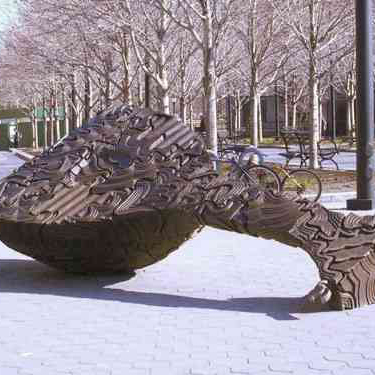
Resonating Bodies (1996) Tony Cragg |
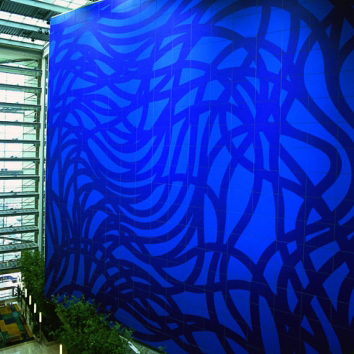
Loopy Doopy (1997) Sol LeWitt
Photo Courtesy of the Battery Park City Conservancy |
||
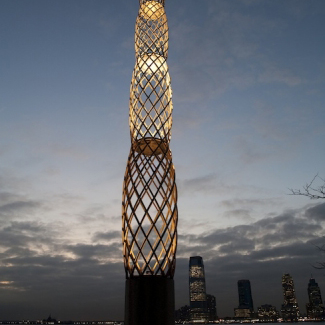
Pylons (1995) Martin Puryear
|
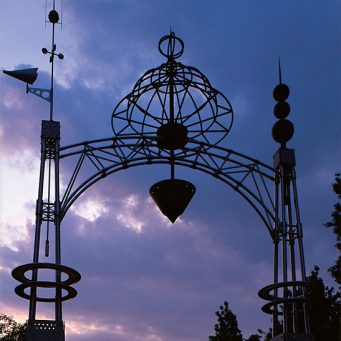
Rector Gate (1988) R.M. Fisher
Photo Courtesy of the Battery Park City Conservancy |
|||

| ||||
|
FEATURED ARTIST: MARY MISS Occupying the boundary between sculpture and landscape design, Mary Miss has long been interested in drawing from the site itself to create her art. Her work is large in scale. She is interested in how artists can play a more central role in addressing the complex issues of our times—making environmental and social sustainability into tangible experiences is a primary goal. Greenwood Pond - Double Site at the Des Moines Art Museum was the first urban wetlands project in the nation. More recently her current project for Broadway: 1000 Steps for 20 sites along the Street uses the City as a Living Laboratory and is supposed to foster public understanding of the natural systems and infrastructure that supports life in the city. |
||||
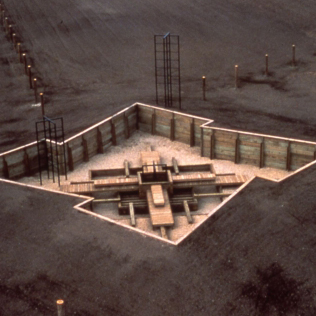
Field Rotation (1995) Governors State University Park Forest,Il Photo Courtesy of the Artist |
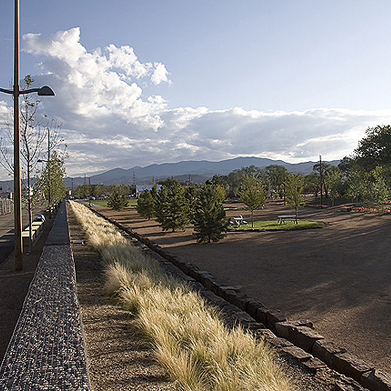
Santa Fe Railroad Yard (2002) with Frederick Schwartz &
Ken Smith Santa Fe, NM Photo © Peter Mauss/ ESTO |
|||
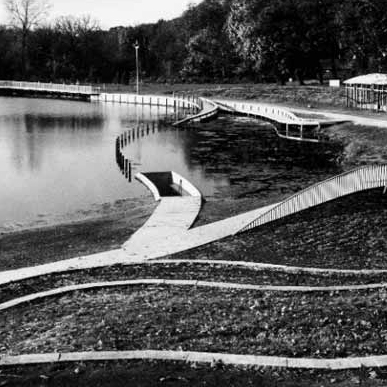
Greenwood Pond: Double Site (1996)Des Moines, IA Greater Des Moines Public Art Foundation
Photo Courtesy of the Artist |
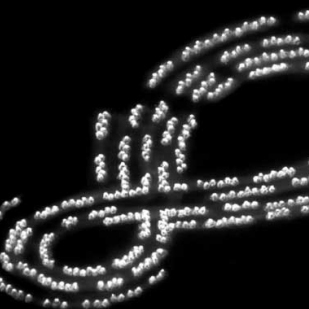
Moving Perimeter: A Wreath for Ground Zero (2002) with Elliot Maltby & Victoria Marshall New York, NY courtesy of the Artist
|
|||
|
UPCOMING: RECENT TOUR 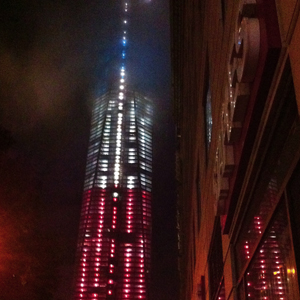
Photo cultureNOW - July 4th
July 4th Photo cultureNOW - July 4th
UPCOMING 
3 Saturdays: Aug 3, 10 & 17 Time: 7am - 1pm We are collaborating with the NY Dept of Transportation on Summer Streets. On 3 consecutive Saturdays, nearly 7 miles of New York’s streets are closed to cars. We are creating a physical map for the event and a self-guided tour of the architectural highlights on the iPhone. INTERESTING FINDS 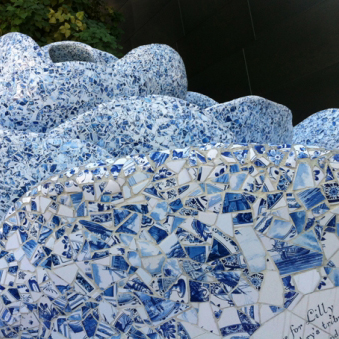
|
||||
|
FEATURED ARTIST: NORIE SATO Seattle Artist Norie Sato’s work has been a collaboration with architects and integration with the site or context. She works from site and context-driven ideas first, then finds the appropriate form and materials. She strives to add meaning and human touch to the built environment and to consider edges, transitions, culture and connections to the environment. Air Over Under at the San Francisco Airport is a glass piece inspired by our relationship to clouds and flight. Specifically, her work delves into some of flight’s inherent qualities: ephemeral, abstract, pictoral, natural, man-made, symmetrical and changeable. The artwork depicts the dual experience of being under or over clouds when flying in a plane. According to the artist, “Air Over Under is about perception, relativity and how our position and situations are never static.” |
||||
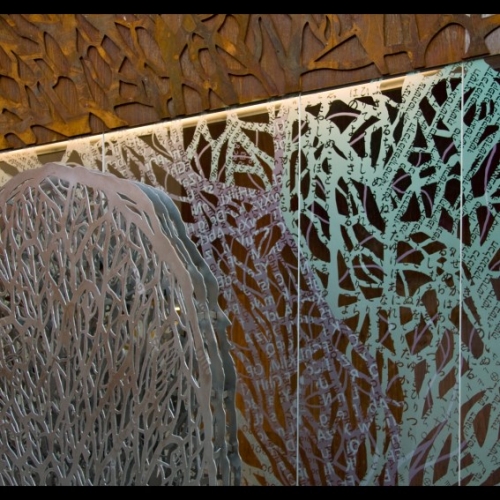
Desert Tracery (2007) Scottsdale Public Art Program West Scottsdale, AZ Photo Courtesy of the Artist |
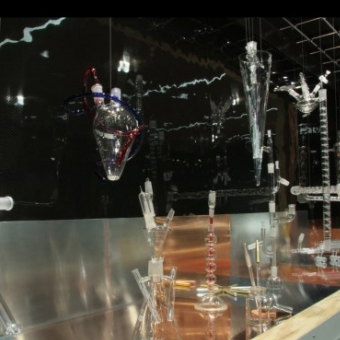
E+L+E+M+E+N+T+A+L (2010) Iowa State University Ames, IA
Photo Courtesy of the Artist |
|||
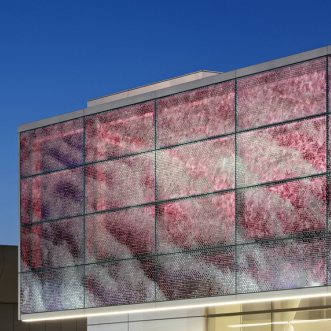
Air Over Under (2011) San Francisco Arts Commission San Francisco, CA Photo Courtesy of the Artist |
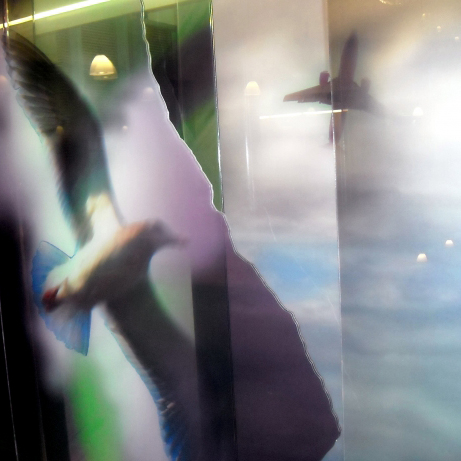
Windswept Air (2010) Norie Sato West Portland, OR
Photo Courtesy of Port of Portland |
|||
|
FEATURED ARCHITECT: PAYETTE ASSOCIATES We run a lot of internships at cultureNOW. Most of the interns are architecture students. They wonder if anything leads to a job and if so, what happens. The firm’s roots in healthcare date back to a design studio Tom Payette took while studying architecture at Harvard in the 60’s in hospital design. He was hired by the design critic and began working at his office which eventually became Payette Associates. Since then, the firm has deepened its focus on designing technologically complex buildings in a research or academic setting. They also try to use these buildings to enhance the larger campus. At MIT, for example, many of the departments are leaving the famous corridor and building new facilities as it’s often much more cost effective to build new technical facilities than to upgrade existing spaces. Here the Physics, Materials, and Spectroscopy project tries to work with the existing campus and adds the Sol LeWitt terrazzo carpet to tie the buildings together. |
||||
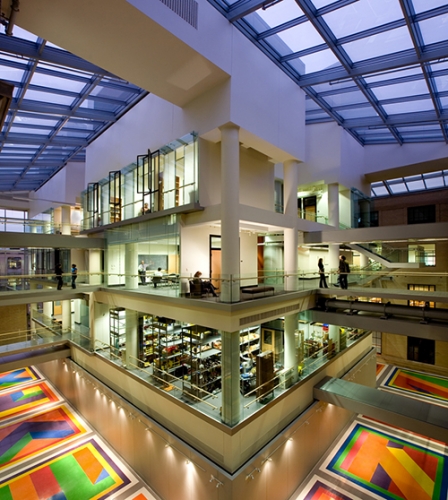
Physics, Materials, Spectroscopy & Infrastructure MIT(2007) Cambridge, MA
Photo © Peter Vanderwarker
|
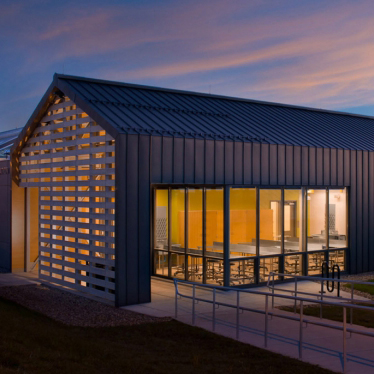
Research and Education Greenhouse (2011) Amherst, MA
Payette Photo © Warren Jagger |
|||
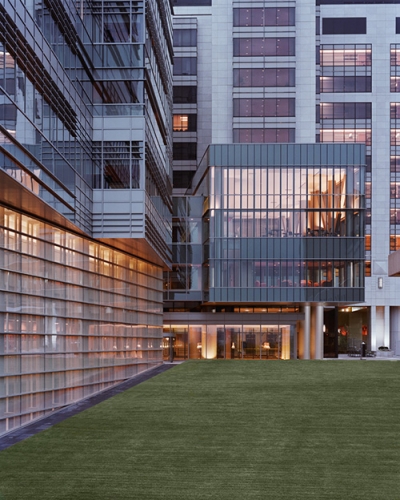
Broadway Research Building (2003)Baltimore, MD
Johns Hopkins Photo © Peter Mauss/ ESTO |
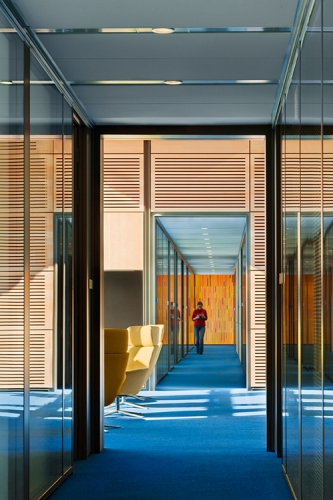
Frick Chemistry Laboratory (2011) Princeton University
Princeton, NJ Photo © Warren Jagger |
|||
|
FEATURED ARCHITECT: MOORE RUBLE YUDELL Buzz Yudell and John Ruble joined Charles Moore when he moved to Los Angeles to found Moore Ruble Yudell. Before moving to Los Angeles to join the architecture faculty at UCLA in early 1970s, Moore had served on the faculty at both Yale and UC-Berkeley. Moore was particularly interested in creating places, by using color, graphics and bold forms. Moore Ruble Yudell explore the parameters of our built environment and heritage, and have produced award-winning projects, both locally and internationally. Buildings such as the Berlin Embassy (shown below) relate to its German context while sensitively addressing the challenges of security requirements that are so critical to the project . They are currently in the process of renovating one of their early signature projects, the Faculty Club at UC Santa Barbara which is a wonderful opportunity to update and reimagine it over time. |
||||
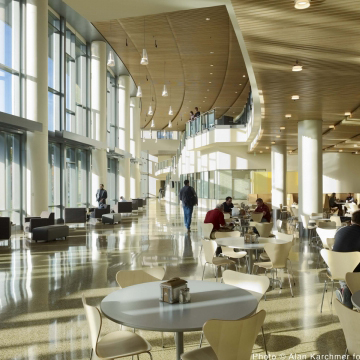
MIT Sloan School of Management (2010) Cambridge, MA
Moore Ruble Yudell with Bruner/Cott Photo © Alan Karchmer |
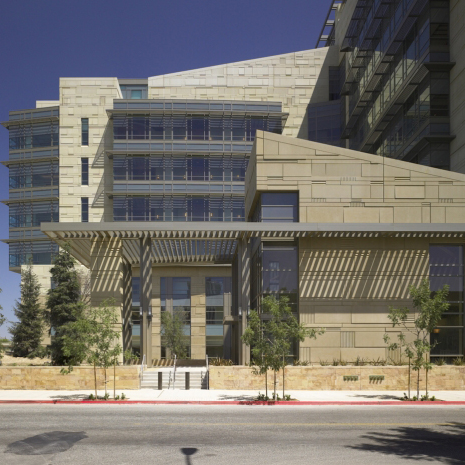
Robert E. Coyle US Courthouse (2005) Fresno, CA
Moore Ruble Yudell with Gruen Photo © Tim Griffith |
|||
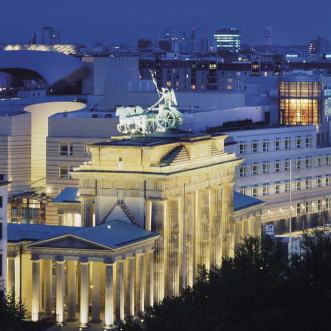
United States Embassy Berlin (2008) Berlin, Germany
Moore Ruble Yudell with Gruen Photo © Werner Huthmacher |
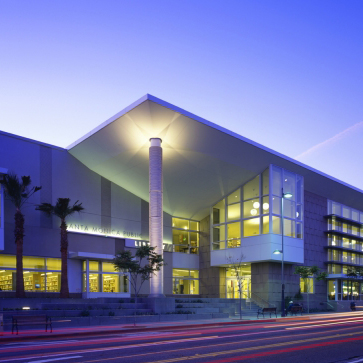
Santa Monica Public Library (2005) Santa Monica, CA
Moore Ruble Yudell Photo © John Edward Linden |
|||
|
||||


